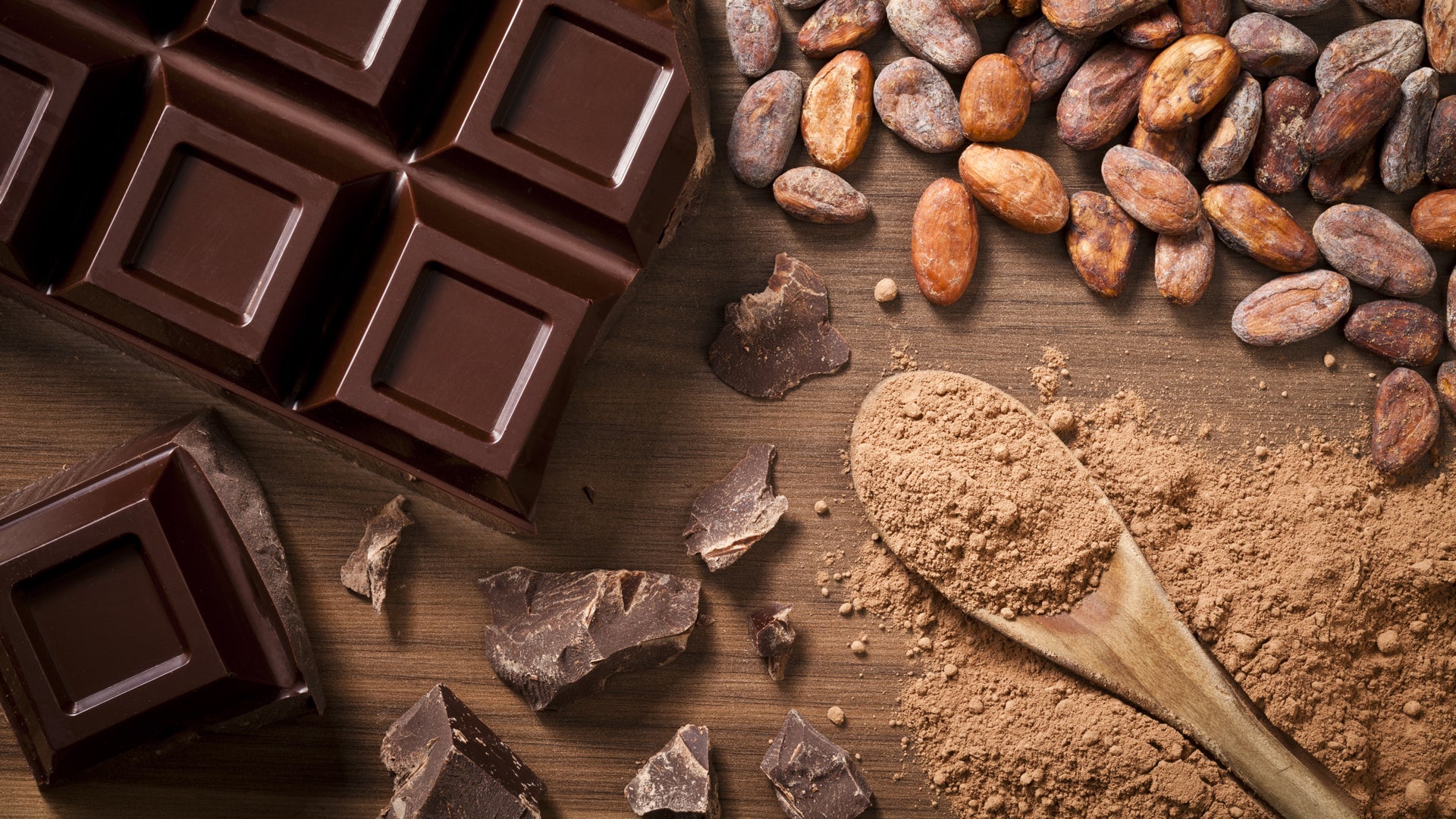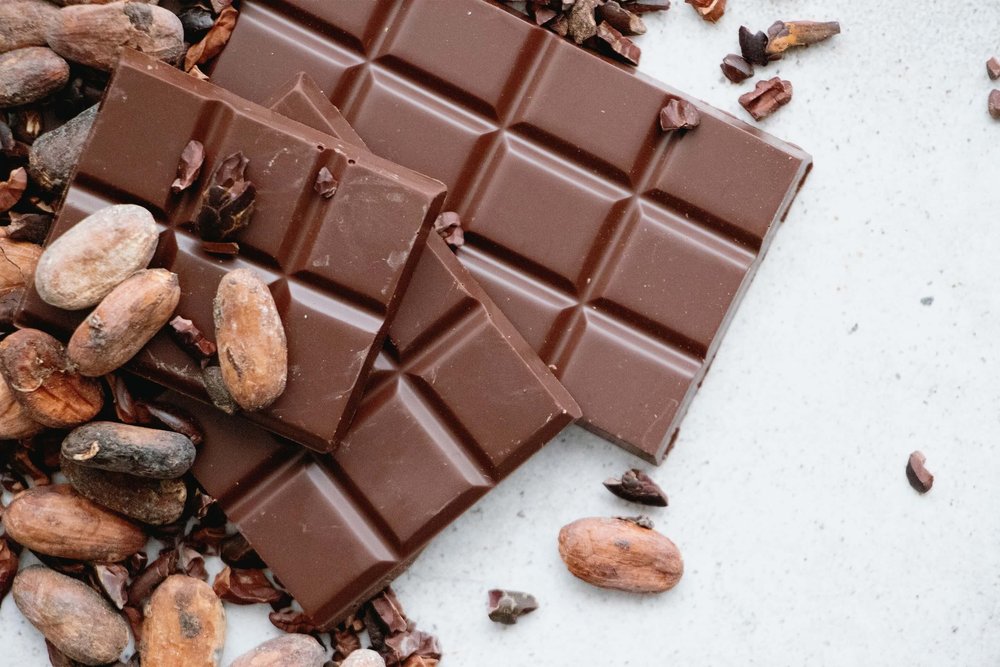The word ‘cacao’ originated from the Maya word ‘Ka’kau’, as well as the Maya words ‘Chocol’ha’ and the verb ‘chokola’j’, which means ‘to drink chocolate together’. These terms were later adapted by the Aztecs centuries later. The Maya believed that ‘ka’kau’’ was discovered by the gods in a mountain that also contained other delectable foods for use by the Maya.
More than 2000 years ago, Mayan Indians in Mexico and Central America used ground cocoa beans to create a drink. Before consuming the beans, they used them as a form of currency and ground them only when they were to be used.
In 1528, Cortez, a Spanish explorer, brought chocolate from the Aztecs to King Charles V in the form of cocoa beans. For a while, the formula for the chocolate drink was a secret reserved for the nobility. When the secret was revealed, the drink’s popularity spread. The Spaniards became fond of hot chocolate, often mixing it with orange blossom water, honey, or spices.
In 1560, the cocoa tree was introduced to Asia. It was brought to the island of Sulawesi in Indonesia from Caracas, Venezuela. By the middle of the next century, chocolate drinks gained widespread popularity in France. An enterprising Frenchman opened the first hot chocolate shop in London, a fact noted by Samuel Peyps in his diary. By the 1700s, chocolate houses were as popular as coffee houses in England.
In 1765, chocolate production began in North America with the opening of a cocoa bean grinding mill in Massachusetts.
In 1778, cocoa was introduced by the Dutch to the people in the Philippines, Jakarta, and Sumatra. Large-scale cocoa production soon started in the Dutch East Indies (present-day Indonesia and Malaysia).
In 1828, Conrad van Houten, a Dutch chemist, patented a technique to enhance the digestive properties of cocoa. His technique allowed the extraction of fat from roasted and crushed cocoa beans. Alkaline salts were added to the resultant powder to dissolve it in water, creating what is known as ‘Dutch cocoa’. The mass production of inexpensive chocolate, using Dutch cocoa, began after the patent was secured.
In 1847, marked the first successful large-scale production of chocolate bars by J.S. Fry & Sons, an English manufacturing company, through the use of cocoa powder.
In 1853, the Cadbury family business became the supplier of chocolate to Queen Victoria. Cadbury-Schweppes emerged as one of the world’s leading chocolate manufacturers in the same year.
In 1879, in Switzerland, chemist Henri Nestle and chocolate manufacturer Daniel Peter formulated a technique to blend chocolate with milk using cocoa powder and condensed milk. The mixture was further enriched by adding cocoa butter and solids, resulting in the creation of milk chocolate, which became a commercial success.
In 1879, Rodolphe Lindt, a Swiss chocolate manufacturer, invented the stone-grinding chocolate machine. This machine produced finely grained mellow chocolate, marking the standard process known as ‘conching’ used for manufacturing chocolate.
In 1894, Milton Hershey established the Hershey Chocolate Company in Pennsylvania.
Thus, the chocolate industry was born. Modern manufacturing methods enabled retailers to sell chocolate to everyone. The 20th century witnessed significant growth in cocoa production across different countries worldwide. Today, both the production and consumption of cocoa and chocolates have seen manifold growth.
In 2006, PT Wahana Interfood Nusantara Tbk was established. As part of the younger generation of cocoa and chocolate companies in Indonesia, the company is excited to be a part of the chocolate-making world and is on a mission to rediscover and reintroduce premium cocoa and chocolate products to present and future generations.
Today, PT Wahana Interfood Nusantara Tbk has become one of Indonesia’s promising premium cocoa and chocolate companies. As part of our expansion plans, we have also focused on worldwide markets.





